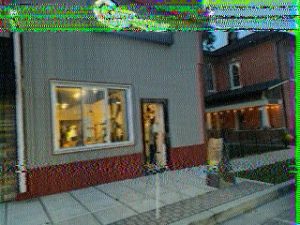SSTV is an amateur radio method of sending images using a transmitter and radio receiver that’s still in use today! The older transmission mode is not used as much as other digital modes, but there have been some software improvements that improve the quality & allow it’s use on devices other than PCs. Plus you can occasionally hear it used with satellites and the International Space Station (ISS)!
There are 2 popular programs used for transmitting and receiving SSTV transmissions using Windows: MMSSTV and YONIQ.
– MMSTV is a very popular software program for amateur radio SSTV, but it is a pretty old windows program that hasn’t been updated since 2010. It still works however and what we first used for receiving transmissions from the International Space Station.
– YONIQ is an update of the original MMSSTV which includes many improvements and many new features. The program, developed by a group in Spain, is available in both Spanish and English.
For Linux systems you can try QSSTV and for the macOS you can try Multiscan.
More recently we’ve been using our cell phones to decode/code SSTV images. If you’d like to experiment with that, so far we’ve tried Robot36 for decoding and SSTV Encoder for coding an image from an Android phone. Both are pretty simple applications, but seem to get the job done and convenient to use from your cell phone. For an iOS phone you can try SSTV Pad. There are a lot of other programs out there, this is far from an exhaustive list.
For ARRL’s Field Day we did a presentation for a local amateur radio group, you can view that presentation here. We’ve also got a blog post on our website that describes some of our experimentation.
Last updated on 6/23/24.

